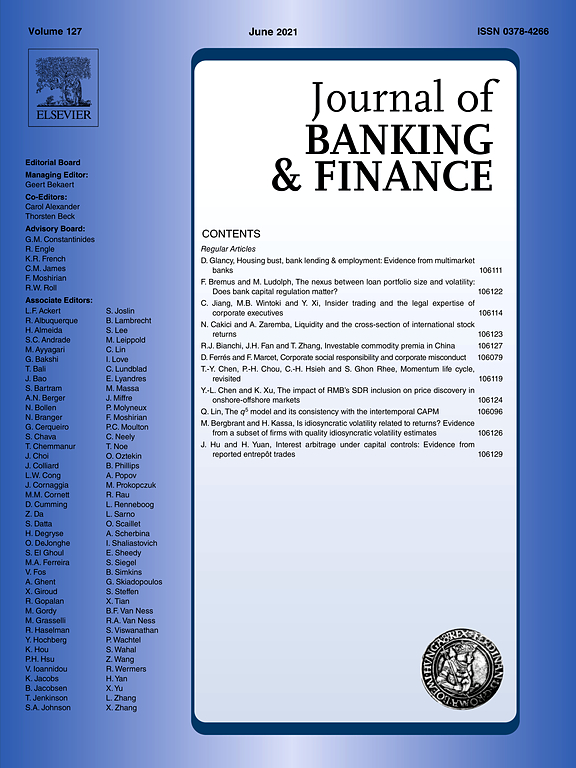
The Joint Dynamics of Sovereign Ratings and Government Bond Yields
Can a negative shock to sovereign ratings invoke a vicious cycle of increasing government bond yields and further downgrades, ultimately pushing a country toward default? The narratives of public and political discussions, as well as of some widely cited papers, suggest this possibility. In this paper, we will investigate the possible existence of such a vicious cycle. We find no evidence of a bad long-run equilibrium and cannot confirm a feedback loop leading into default as a transitory state for all but the very worst ratings. We use a bivariate semiparametric dynamic panel model to reproduce the joint dynamics of sovereign ratings and government bond yields. The individual equations resemble Pesaran-type cointegration models, which allow for valid interference regardless of whether the employed variables display unit-root behavior. To incorporate most of the empirical features previously documented (separately) in the literature, we allow for different long-run relationships in both equations, nonlinearities in the level effects of ratings, and asymmetric effects in changes of ratings and yields. Our finding of a single good equilibrium implies the slow convergence of ratings and yields toward this equilibrium. However, the persistence of ratings is sufficiently high that a rating shock can have substantial costs if it occurs at a highly speculative rating or lower. Rating shocks that drive the rating below this threshold can increase the interest rate sharply, and for a long time. Yet, simulation studies based on our estimations show that it is highly improbable that rating agencies can be made responsible for the most dramatic spikes in interest rates.





